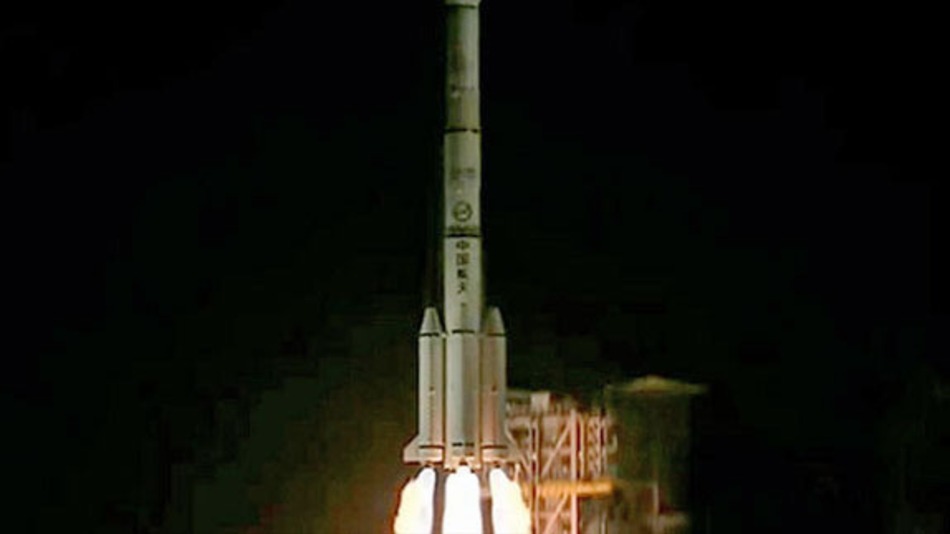China has launched its first-ever lunar rover, with the Chang’e 3 moon lander and rover Yutu blasting off today at 1:30 p.m. local time, to join pal Curiosity after their long journey to the uncharted lunar frontier. Launch officials declared liftoff a success very quickly after Change’e 3 separated from its rocket.
The lander and rover were launched from the Xichang Satellite Launch Center in China’s Sichuan province, and are scheduled to touch down on the Moon’s surface by mid-December provided there are no surprises along the way.
The launch follows China’s first two moon missions, lunar orbiter flights Chang’e 1 and Chang’e 2 that launched in 2007 and 2010, respectively. If Chang’e 3 continues on track, it will become the first spacecraft to land on the moon in over 37 years.
Like our own Curiosity, Change’e 3 was designed and is expected to conduct scientific surveys of the moon upon touchdown, sometime around December 14 or 15. The landing will mark China’s first-ever landing on an extraterrestrial body, as well as the beginning of the second stage of China’s lunar exploration program: first stage, orbit the moon, second stage, land on the moon, with an expected third stage of returning moon rock samples to Earth that is set to be completed before 2020.
Chang’e 3 is expected to land on the Sinus Iridum region of the moon, commonly known as the Bay of Rainbows. After landing, it will deploy the Yutu rover, a six-wheel, almost 310-lb robot. The lander itself is outfitted with high-precision, fast-response sensors to analyze motion and its surroundings, as well as a variable thrust engine to slow its landing as it drops toward the moon.

Chang'e 3 moon rover took off today
As the craft’s powered descent phase during the lunar landing process is estimated at only 700 seconds, Chang’e 3’s landing is highly dependent on the successful usage of these devices as they track the craft’s distance to the moon as well as its velocity while simultaneous use of the sensors provides terrain recognition and obstacle avoidance. The Chang’e 3 lander also comes with an extreme ultraviolet camera to monitor the Earth and study the formation of the planet’s plasmasphere — also known as the inner magnetosphere — and its density change, as well as optical telescope equipment for astronomical surveys.
The rover Yutu comes with radar equipment attached to its bottom, for study of the moon’s structure and terrain layers down several hundred feet below the surface as the rover goes rolling along. Yutu is scheduled to patrol the moon’s surface for a period of at least three months, while controlled by scientists remaining on the Earth’s surface.
Chang’e 3 and Yutu’s names were chosen by the public through Internet surveys, with global participants casting around 3.5 million votes. “Chang’e” is the name of the Chinese moon goddess, while “Yutu,” meaning “Jade Rabbit,” is the goddess’s white pet rabbit.
Advertisement





